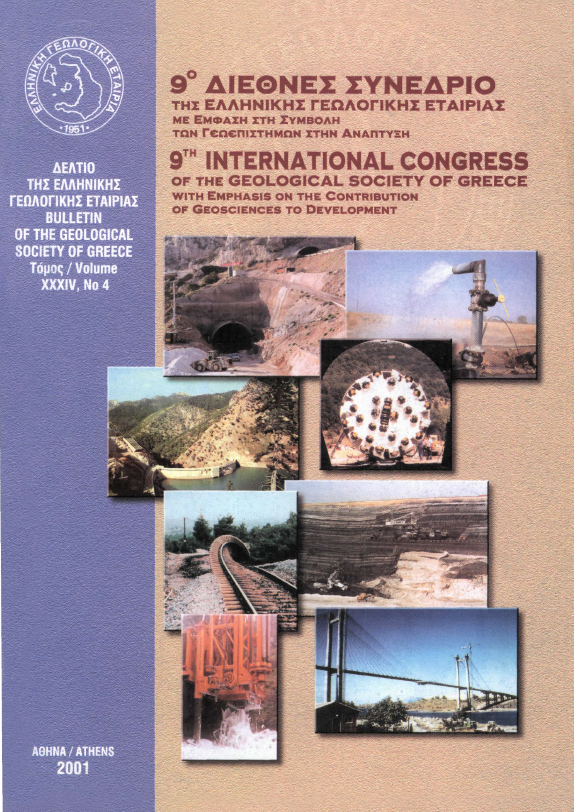Recent 2005-2006 strong seismic activity in Greece under the aspect of seismicity parameters temporal variation analysis

Abstract
Recent strong seismic excitation (2005-2006), which occurred at the northwestern part of the Hellenic arc and north ofSamos Island close to the coasts of the Asia Minor, is investigated under the aspect of temporal variation seismicity profile of activated seismic zones. Seismicity profile is constructed by the means ofther FastBEE analysis introduced recently. Seismicity parameters considered in this study are b-value, energy releasee in the form logE2/3 and the quantity logNofthe cumulative number of events, in the examined area. Due to homogeneity and completeness reasons, the earthquakes with magnitudes Mi>3.0 since 1990 from the earthquake catalogue of the Geodynamic Institute of the National Observatory of Athens, is used to perform the present analysis in both areas. Temporal variation profiles for both areas show a remarkable fluctuation around their mean value and specifically above the limits of the calculated standard errors behaviour forming a temporal pattern, which can be attributed to earthquake preparation process. In this temporal pattern, b value, which is related to the seismogenic process in many previous studies all over the world shows a tendency to increase and then to decrease before the occurrence of a strong earthquake, and at the same time the quantity logE 3 shows a tendency to decrease and then to increase before the strong event occurrence Mis identification of such a clear pattern for a period of time can be attributed to the lack of adequate data.
Article Details
- How to Cite
-
Baskoutas, I., Papadopoulos, G. A., Karakostas, V., & Papadimitriou, E. (2007). Recent 2005-2006 strong seismic activity in Greece under the aspect of seismicity parameters temporal variation analysis. Bulletin of the Geological Society of Greece, 40(3), 1055–1062. https://doi.org/10.12681/bgsg.16824
- Section
- Geophysics and Seismology

This work is licensed under a Creative Commons Attribution-NonCommercial 4.0 International License.
Authors who publish with this journal agree to the following terms:
Authors retain copyright and grant the journal right of first publication with the work simultaneously licensed under a Creative Commons Attribution Non-Commercial License that allows others to share the work with an acknowledgement of the work's authorship and initial publication in this journal.
Authors are able to enter into separate, additional contractual arrangements for the non-exclusive distribution of the journal's published version of the work (e.g. post it to an institutional repository or publish it in a book), with an acknowledgement of its initial publication in this journal. Authors are permitted and encouraged to post their work online (preferably in institutional repositories or on their website) prior to and during the submission process, as it can lead to productive exchanges, as well as earlier and greater citation of published work.






